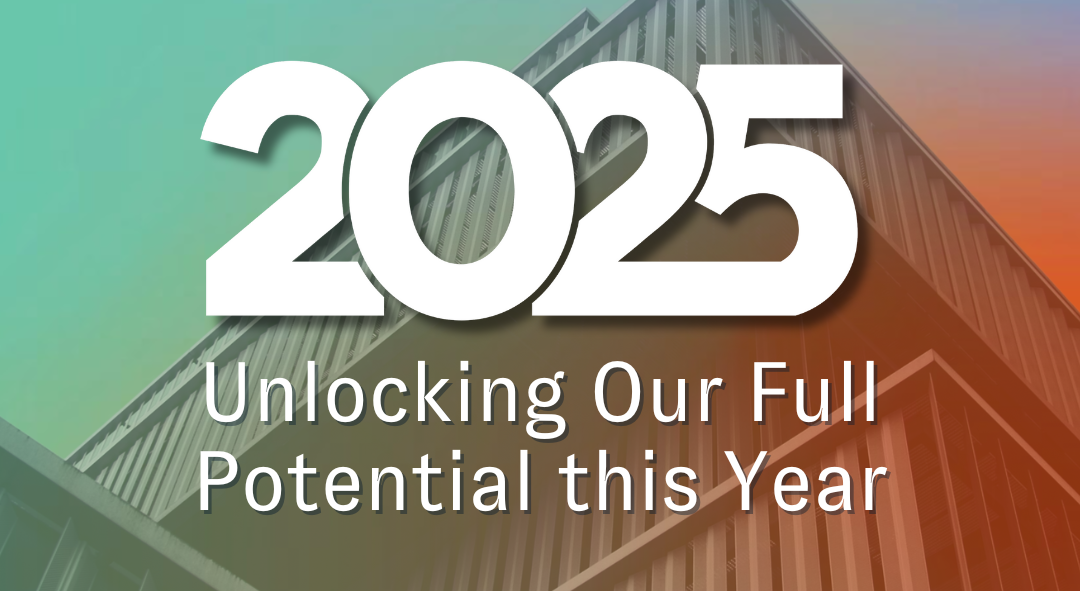In an ever-evolving job market, the disparity between the skills possessed by the workforce and those demanded by employers is a growing concern. This article delves into understanding the nature of this skills gap and explores strategic approaches to bridge it effectively.
Understanding the Skills Gap
The skills gap is a critical issue where the existing skills of the workforce do not align with the market’s current needs. This gap can arise due to various factors, including rapid technological advancements, evolving business models, and shifts in economic demands.
Key Factors Contributing to the Skills Gap:
- Technological Advancements: As technology evolves, new skills are required to manage and leverage these innovations.
- Changing Business Needs: Organizations often pivot their business strategies, which can lead to a demand for new skill sets.
- Educational System Alignment: Sometimes, there is a disconnect between the skills taught in educational institutions and those needed in the job market.
Strategies to Bridge the Skills Gap
Bridging the skills gap requires a multi-faceted approach, involving both organizational strategies and broader educational reforms.
Workplace Training and Development Programs
Organizations can take proactive measures by implementing comprehensive training and development programs. These programs should be designed to:
- Upskill Employees: Teach current employees new skills that align with the changing needs of the business.
- Reskill Workers: Provide opportunities for employees to learn entirely new skill sets, preparing them for different roles within the organization.
Collaboration with Educational Institutions
Engagement between businesses and educational institutions is crucial. Companies can collaborate with colleges and universities to:
- Shape Curriculum: Ensure that the educational programs are in sync with industry needs.
- Offer Internships and Apprenticeships: Provide hands-on experience to students, preparing them for the workforce.
Leveraging Technology for Skill Development
Technology can be a powerful tool in addressing the skills gap. Online learning platforms and e-learning tools can:
- Provide Accessible Learning Opportunities: Offer flexible, self-paced learning options for skill development.
- Customize Learning Paths: Use AI to tailor learning programs to individual needs and skill gaps.
Government and Policy Maker Involvement
Governments and policymakers play a vital role in addressing the skills gap through:
- Funding for Skill Development Programs: Financial support for training initiatives can make skill development accessible to more people.
- Policy Reforms: Policies that encourage lifelong learning and upskilling can create a more adaptable workforce.
The skills gap poses a significant challenge but also presents an opportunity for organizations, educational institutions, and governments to collaborate and innovate. By investing in training and development, aligning educational curricula with market needs, leveraging technology, and supporting policy reforms, we can bridge the gap between current workforce skills and the evolving demands of the job market. This alignment is crucial not only for the prosperity of businesses but also for the growth and adaptability of the workforce in a rapidly changing world.




